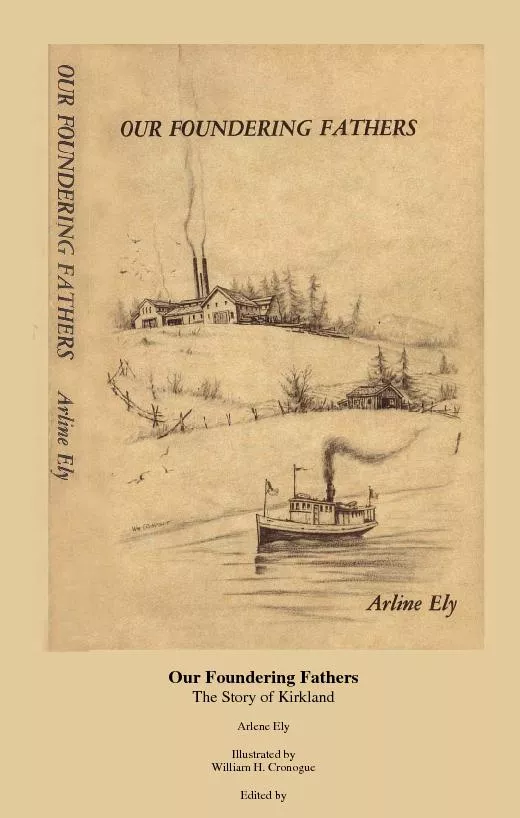PDF-Book Design by
Author : celsa-spraggs | Published Date : 2016-04-16
Betty Howe Genevieve Albright Winkler Kirkland Public Library Kirkland Washington 1975 With Support of the Washington State American Revolution Bicentennial Commission
Presentation Embed Code
Download Presentation
Download Presentation The PPT/PDF document "Book Design by" is the property of its rightful owner. Permission is granted to download and print the materials on this website for personal, non-commercial use only, and to display it on your personal computer provided you do not modify the materials and that you retain all copyright notices contained in the materials. By downloading content from our website, you accept the terms of this agreement.
Book Design by: Transcript
Download Rules Of Document
"Book Design by"The content belongs to its owner. You may download and print it for personal use, without modification, and keep all copyright notices. By downloading, you agree to these terms.
Related Documents














